Fans of the space industry know that just about every week, Elon Musk’s SpaceX launches another Falcon 9 rocket with 60 Starlink satellites on board. Starlink is a Low Earth Orbit (LEO) constellation of small satellites that are designed to bring broadband speed internet service to locations that currently don’t have that service. The Starlink company is a division of SpaceX.
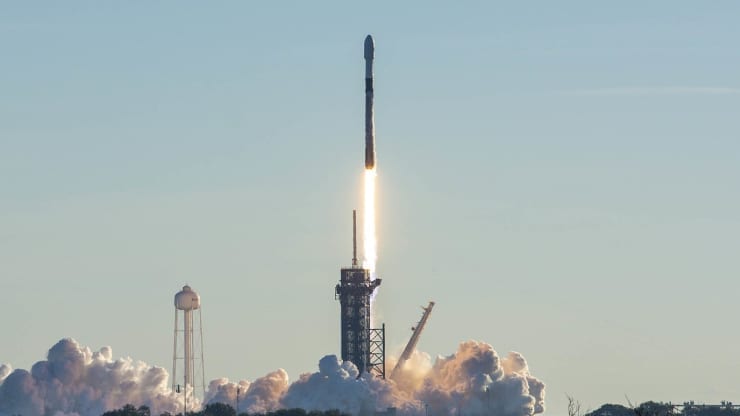
Starlink is in its infancy. As of the time of publication in May 2021, the company has launched over 1,600 satellites of an FCC-approved constellation of over 12,000. Eventually, Starlink wants to have upwards of 42,000 satellites in orbit! The company has received well over 500,000 information requests from consumers so far and is rolling out an expanded beta program right now.
In this article, I’ll fill you in on the details of Starlink and whether or not the service could be right for you.
What’s The Speed Of Starlink?
As of Q1 2021, Starlink users in the limited beta have been getting download speeds between 40 and 93 Mbps – not exactly what you’d expect from a broadband provider. For example, my current internet service (Comcast’s Xfinity) offers download speeds of about 330 Mbps and upload speeds around 12 Mbps. Note that it’s impossible for me to get fiber internet in my neighborhood, so the best offering right now is from Xfinity. That service costs me about the same per month as Starlink would.
Just to let you know — I received an offer to join the beta program, but the download and upload speeds just don’t seem that impressive…yet. Once those numbers get into the 500 Mbps download range with equivalent upload speeds (like 15 Mbps), I’ll reconsider…
One issue with current satellite internet providers like Viasat and HughesNet is the ridiculously long latency times in the range of 700ms or so. Landlines offer latency below 10ms. Starlink’s current users are seeing latency times of 31 to 88 ms; not great, but much better than those other satellite providers.
By the end of 2021, Starlink says its constellation of satellites will offer download speeds of around 300 Mbps. Eventual plans target 1Gbps and then 10 Gbps speeds, but that will take much fine-tuning and a lot more satellites. Latency is also expected to drop into the 20ms range.
The Starlink Constellation
So, what’s this constellation I’m talking about? Basically, it’s a network of thousands of satellites (see image above), all in radio communication with ground stations — both large ground stations that will be located next to Google Cloud data centers as well as the small dish antennas consumers install at their homes or businesses.
The Starlink constellation will initially consist of three shells of satellites (data and links from Wikipedia):
- First shell: 1,440 in a 550 km (340 mi) altitude shell
- Second shell: 2,825 Ku-band and Ka-band spectrum satellites at 1,110 km (690 mi)
- Third shell: 7,500 V-band satellites at 340 km (210 mi)
This web page (https://satellitemap.space) updates constantly with the current location of each satellite. It’s a good illustration of some of the coverage “holes” that exist at the present time.
Starlink “trains”
One exciting aspect of Starlink is what are called “trains” of satellites. After launch, the 60 satellites deployed slowly separate from each other until they’re in their proper orbital position. When they’re still close, the train looks like a row of bright dots moving across the sky:
This has led a lot of astronomers — professional and amateur — to protest the plans of Starlink and other similar ventures. Starlink responded to many of the concerns by redesigning the satellites with a “sunshade” that reduces reflections. Like all satellites, Starlinks are only visible to the naked eye for the short time they’re in direct sunlight.
This free app can alert you to when Starlink satellites are visible in your area.
How Reliable Is The Service?
Since the full constellation of satellites is not yet available, current users still experience occasional outages. Users have stated that during a 24 hour period, they might see the system offline for three to five minutes several times per day. The Starlink app gives users an idea of when the service should reconnect.
Many users say they can easily stream video with Starlink. Having multiple devices on your network — phones (via Wi-Fi calling), laptops, desktops, tablets, gaming consoles, etc… — doesn’t appear to be an issue.
Is Starlink Available Yet?
As mentioned, Starlink is currently in beta. The company refers to the test as the “Better Than Nothing” beta, meaning that the service isn’t as fast or reliable as it will be in the future but it’s “better than nothing”.
You can submit your name for the beta on the Starlink website. If accepted and you’re in line to get the service, you receive an email from the company:
What’s The Cost?
Starlink service is comparable to or less than what you’d spend on other broadband internet connections — $99 per month. There’s also a $499 equipment fee for the dish, plus shipping and taxes. On top of that, accessories needed to mount the dish are extra (if required).
For some Starlink beta users, the big draw is that there are no data caps with the service. Some users find that they’re spending much less for service than through landline providers simply because they’re not paying for overages.
Meet Dishy McFlatface!
Starlink’s manual humorously refers to the antenna as “Dishy McFlatface”. Dishy sits on a tripod mount on the ground unless you opt to mount it on your roof. There’s also a Wi-Fi router in the kit (along with a power supply). Some users opt to use their own routers, noting that the one supplied doesn’t offer many configuration alternatives.
The antennas automatically level themselves (see video below), and beta users report that the service isn’t disrupted by rainfall, snowstorms, or heavy winds. If you’re in a truly remote location and using solar or a generator to produce your power, you’ll be glad to know that the system consumes about as much electricity as a floodlight bulb.
Augmented Reality Helps Setup
There’s an iOS and Android app that is used to do the configuration of Dishy. One of the more notable features of that app is an augmented reality feature that helps owners find the right place to install the antenna.
As you can imagine, any obstructions between the antenna and the satellites overhead are going to break the connection. The app apparently tries to find a location with as few trees as possible, meaning that many installations must be done on house roofs.
Unless you’re fearless about climbing onto the roof, mounting the dish, and running the wire down into your house, you might need to pay someone to do the installation.
Can I Put A Starlink Antenna On My RV?
Earlier this year, SpaceX founder Elon Musk responded to a Twitter user who wondered if he would be able to install Starlink in an RV. The answer? The company expects to have mobile antennas for trucks and RVs available later this year. Those systems will be truly mobile, meaning that broadband connections on the move are coming soon.
At the present time, the Starlink equipment is tied to a particular address. Move from that geolocation, and the equipment won’t work. This is being done during the beta test so that the company has a good idea of speeds in specific areas. Some users have tested the systems close to their homes (within 10 miles or so) and found that they can get service.
As a tech geek who loves to camp, I find the ability to have broadband internet speeds almost anywhere to be very attractive. The need to have few obstructions nearby could make things difficult in forested campgrounds, though!
Who Is Starlink For?
SpaceX President Gwynne Shotwell says that Starlink is designed to serve rural households in the US — that’s about 60 million people who have been traditionally underserved. If you live in an area that’s “off the grid,” you’re the perfect candidate for Starlink service. The RV crowd I mentioned earlier is also a prime target for Starlink.
However, I think Starlink is realizing that there are a lot of people who are very unhappy with their current broadband providers. I’m one of them, which is why I looked into Starlink. While a community just to the north of me is getting Gigabit fiber service to each home, repeated inquiries to the two big local providers — Xfinity and CenturyLink — show that the companies are unwilling to make an investment in upgrading our community of 100,000 souls to faster speeds.
The only possible competition to Starlink for unhappy suburban broadband users might be 5G cellular service if the big providers are willing to actually deploy the higher-speed versions (mid-band and mmWave) of 5G everywhere. For example, my cellular provider AT&T says that they offer 5G service in my area. However, it’s really the same faux 5G that has appeared on AT&T phones for the past few years. Only one sports arena in the Denver area offers AT&T’s “5G+” service. Other providers are the same way in this metropolitan area: Verizon has a few square miles where its Ultra Wideband service is available, while T-Mobile/Sprint has more of the city covered…but not my home address.
Will I eventually order Starlink service? Probably, especially if I can move the antenna between travel trailer and home easily, and when the speeds are in the Gbps range. Like any broadband service, even Starlink will suffer if there are a lot of subscribers in one area. Those urban/suburban homeowners seeking faster service may still be waiting a long time, but for rural subscribers, Starlink is truly a no-brainer.
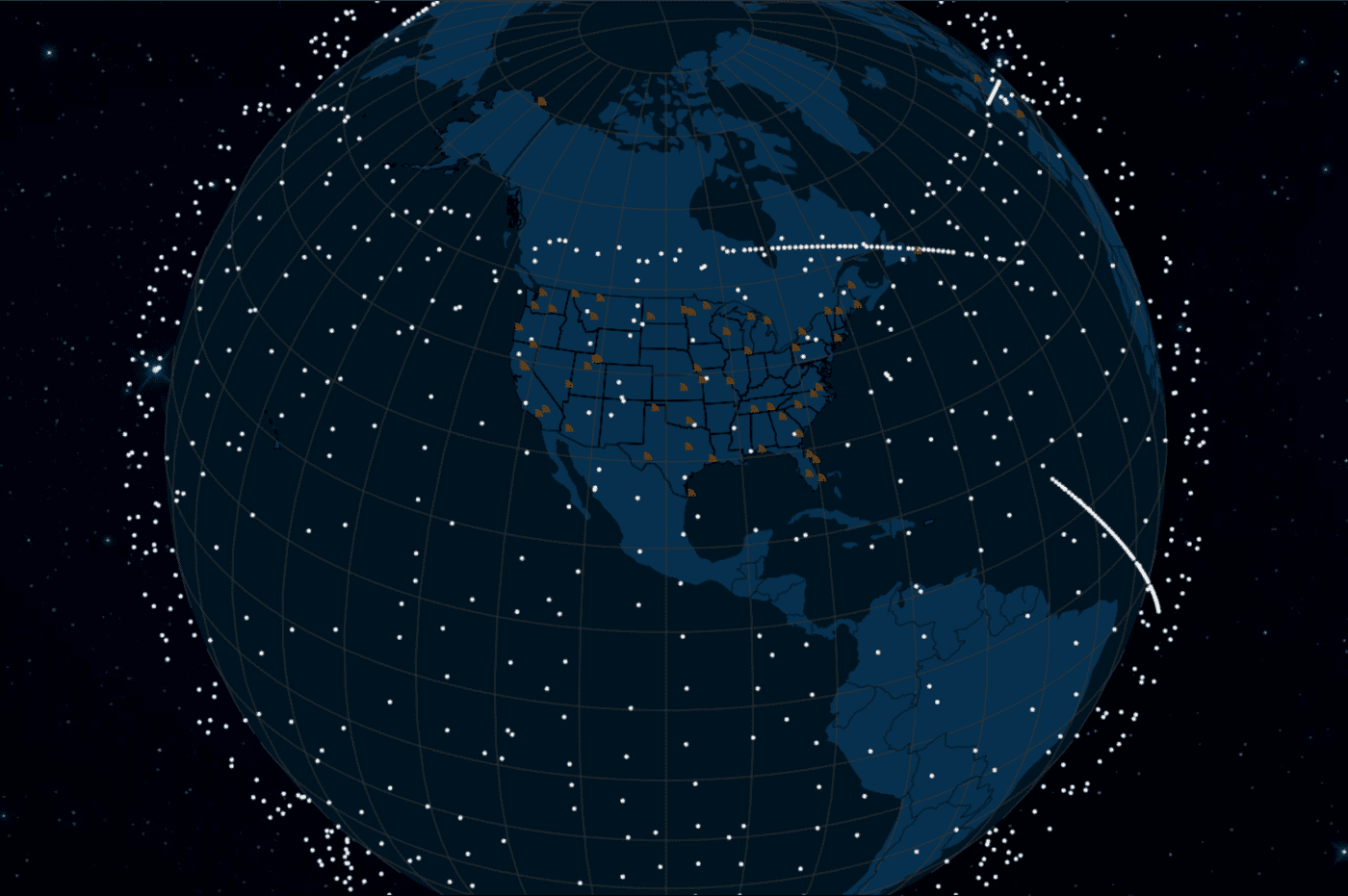
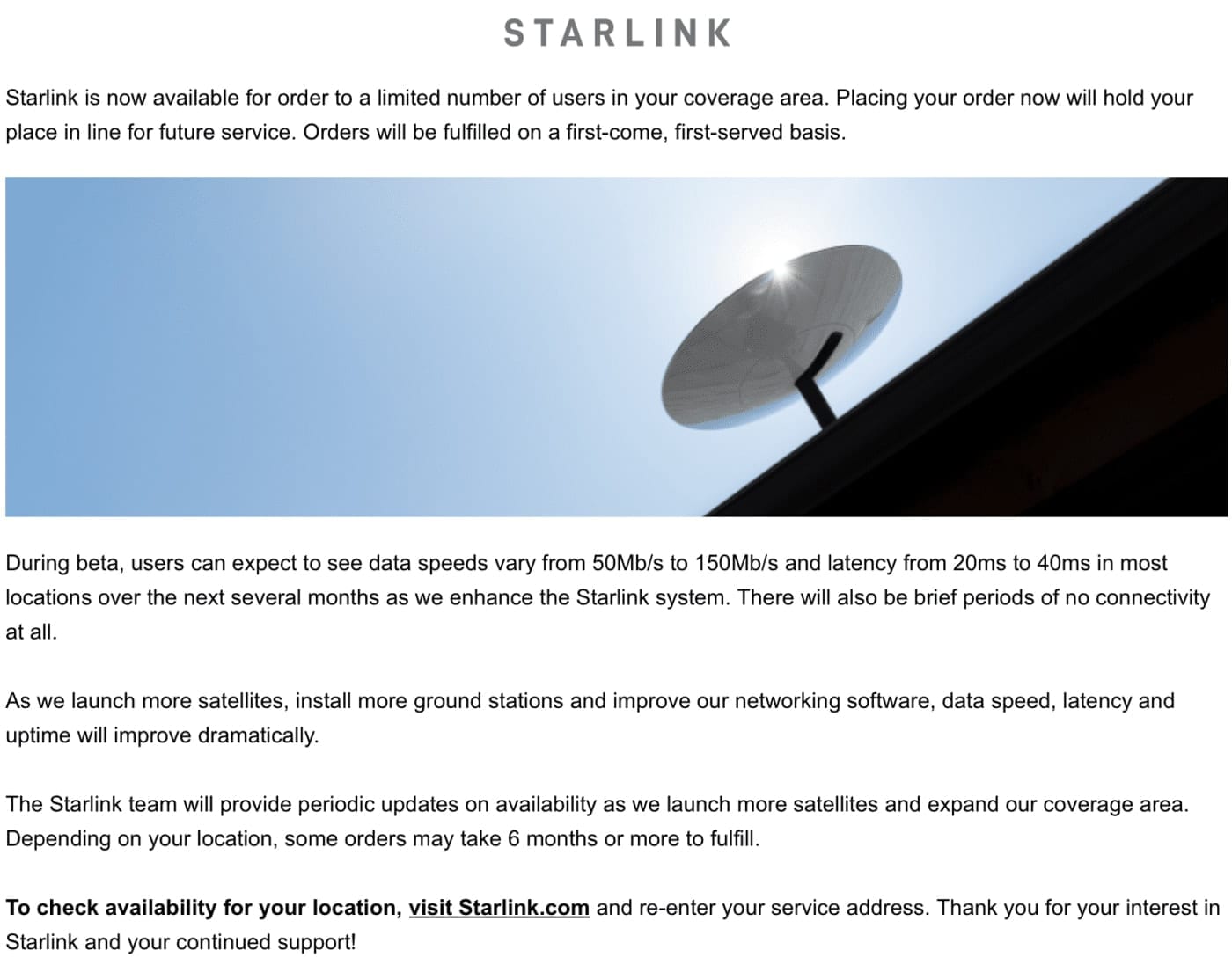
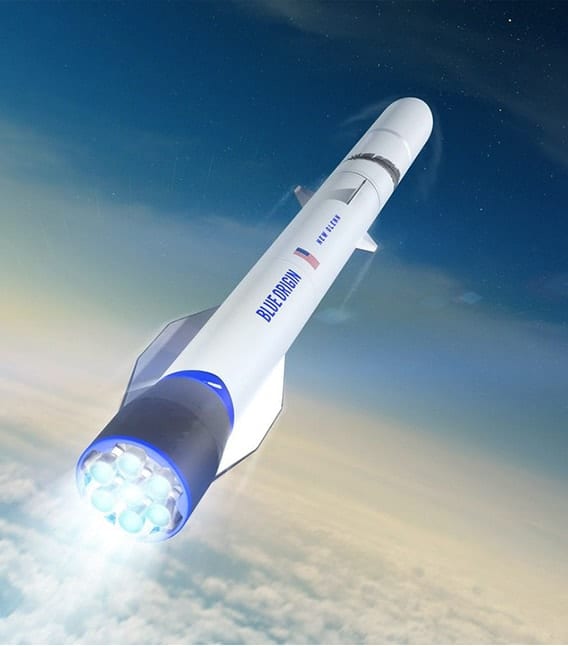



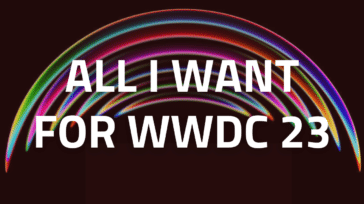





42,000 satellites? Holy Cow. That is a lot of Space Junk, and you can be sure SpaceX has no plans to remove any of those satellites when they’ve reached EOL.
Actually, they do have a plan to de-orbit at EOL. In fact, SpaceX/Starlink did a de-orbit test on February 22, 2020 just to make sure that their process worked. It did.
I’ve heard rumors — not verified — that the earliest Starlink spacecraft that do not have the sunshade (that reduces the amount of reflection and terrestrial visibility) might be de-orbited in a few years to keep astronomers happy.
The large number of satellites and their coverage Could be a game changer for those cruising in a marine environment where existing satellite data costs are very high for very slow speeds.
This may be a benefit for some who live in places that are not wired, but it raises havoc with astronomical observations and astro photography.
I agree that competition is needed, but I’m not sure that cluttering up the night sky is the best way to do it.
It may not be affected by rain, wind, or snow, but it will be affected by thunderstorms, I’m willing to bet. I’ll also bet that if the antenna is covered in ice or wet snow, it will affect, if not curtail, reception and transmission. I wonder if they’ll offer an antenna deicing kit—beats climbing on the snow/ice covered roof.
HOWEVER … Any competition for the big providers is welcome. I’m in an urban area, but the only reliable service here is AT&T. The others are present, but from what I hear, not terribly reliable.
The antenna has a built-in heater. No snow or ice buildup!